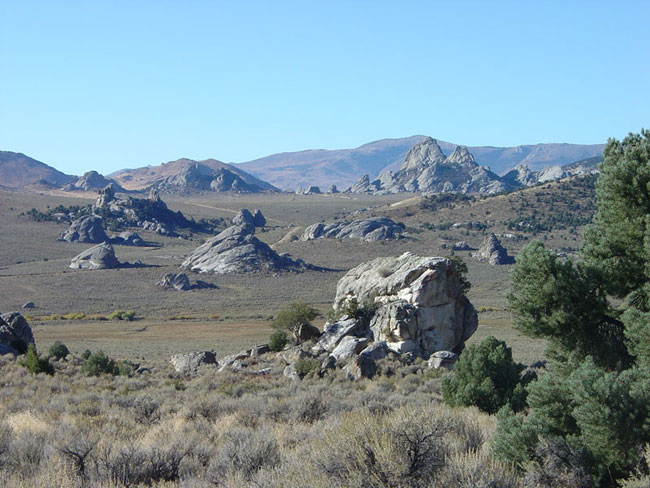Nuclear Fallout Layer Missing in Himalayan Glacier

Nuclear tests in the 1950s and '60s spewed fallout all around the globe. Scientists find it when the drill into ice, extracting cores that reveal the layers of history that settle out of the sky.
But a new study of ice cores from a big Himalayan glacier lack the distinctive radioactive signals that mark virtually every other ice core retrieved worldwide.
The mysteriously missing fallout traces suggest the Himalayan ice field has been shrinking at least since the A-bomb tests more than half a century ago. If true, the melting could foreshadow a future when the stockpiles of freshwater will dwindle and vanish, seriously affecting the lives of more than 500 million people on the Indian subcontinent, researchers said in a statement today.
The ice cores were drawn in 2006, by a U.S.-Chinese team supported in part by the National Science Foundation, from the summit of Naimona'nyi, a large glacier 6,050 meters (19,849 feet) high on the Tibetan Plateau.
"There's about 12,000 cubic kilometers (2,879 cubic miles) of fresh water stored in the glaciers throughout the Himalayas—more freshwater than in Lake Superior," said Ohio State University researcher Lonnie Thompson, who presented the results this week at a meeting of the American Geophysical Union in San Francisco. "Those glaciers release meltwater each year and feed the rivers that support nearly a half-billion people in that region. The loss of these ice fields might eventually create critical water shortages for people who depend on glacier-fed streams."
There are about 15,000 glaciers in the Himalayan mountain chain. The total area of glaciers in the Tibetan Plateau is expected to shrink by 80 percent by the year 2030, according to today's statement.
- Gallery: Magical Mountains
- Other Glaciers Disappear in Before & After Photos
- Quiz: What's Your Environmental Footprint?
Get the world’s most fascinating discoveries delivered straight to your inbox.



